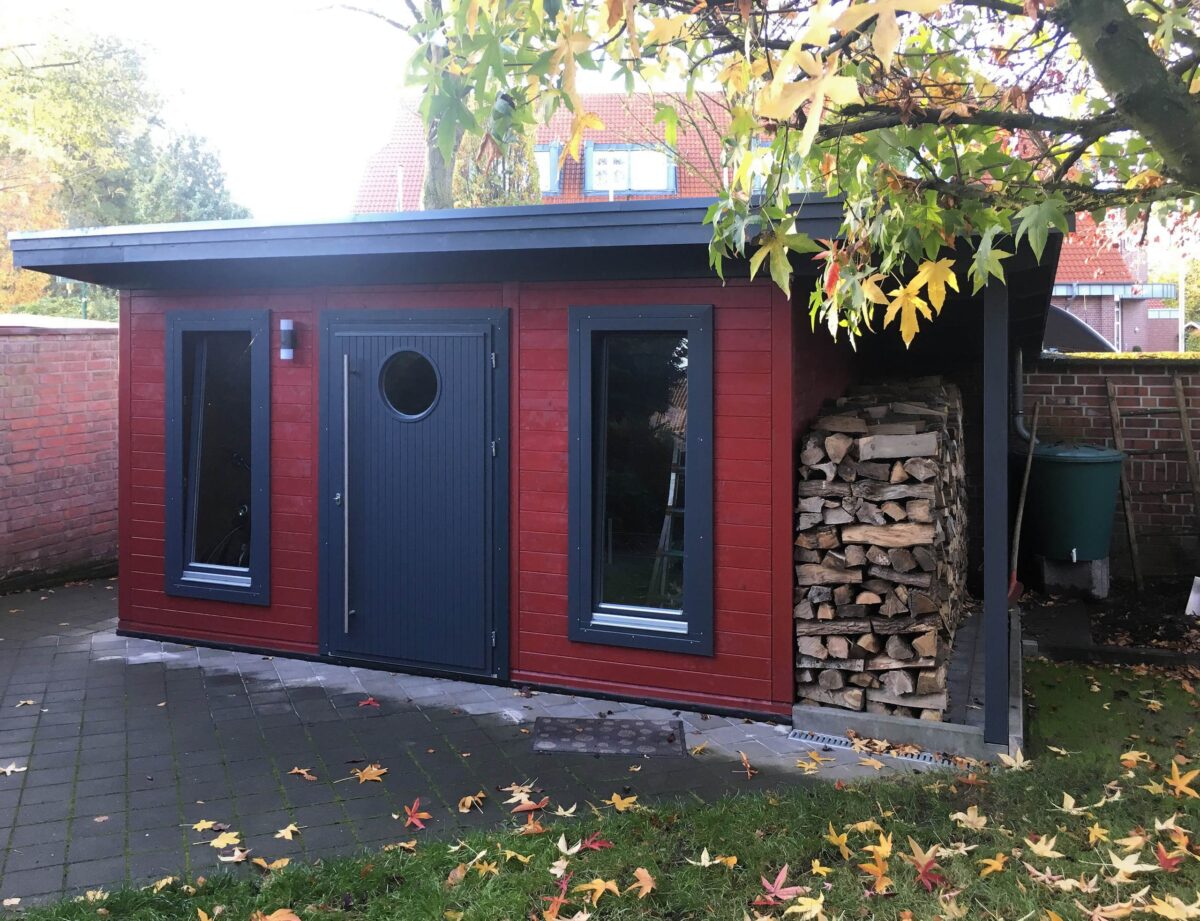

How to effectively seal a Garden Shed?
A garden shed is not only a place to store gardening tools or equipment, but also an essential element of your garden landscape. To ensure your shed serves its purpose for many years, it is crucial to protect it from moisture. Water can lead to wood rot, corrosion of metal elements, and damage to the items stored inside. In this article, we will discuss how to effectively waterproof your garden shed to ensure its longevity.
Wood Maintenance
Regular use of preservative: The role of annual application of wood preservative to protect against rot and weather conditions.
The wood used to build most garden sheds requires regular maintenance. The best way to protect wood from moisture and weather is to use appropriate preservatives. These preservatives penetrate the wood, creating a protective barrier against moisture, mold and pests. It is recommended that you apply the preservative at least once a year, preferably in dry conditions to ensure maximum protection.
How to waterproof a shed floor?
Sealing the shed floor is of critical importance, as it has direct contact with the ground, exposing it to moisture. To seal the floor effectively, follow these steps:
- Substrate insulation: Before installing the floor, apply a layer of waterproofing material to the ground, such as polyethylene film. This will prevent moisture from rising from the soil.
- Floor on joists: Constructing the floor on joists raises it above ground level, allowing air circulation and providing additional moisture protection.
- Using treated materials: Choosing treated boards for the floor increases the wood’s resistance to moisture.
- Sealing gaps: Seal all gaps between the floorboards thoroughly. Use elastic construction sealant or special mounting foam for this purpose.
- External protection: Additionally, protect the lower parts of the shed walls in contact with the floor by applying a layer of bituminous or other waterproofing material.

Door and Window Inspection
Sealing gaps
Gaps around windows and doors are potential points where water can enter the shed. To prevent leaks, inspect and seal these areas regularly. Mounting foam or elastic construction sealant is best for sealing gaps as they effectively fill spaces and create a protective barrier.
Regular inspections
Windows and doors of the shed should be inspected regularly for damage to the frames and seals. Any leaks found should be repaired immediately. Additionally, consider installing weatherstripping and door thresholds, which provide extra protection against water and cold air penetration into the shed.
Water Drainage System
Gutter cleaning
Gutters and downspouts play a crucial role in draining water from the shed roof. Regular gutter cleaning is essential to prevent clogs and water overflow. Clogged gutters can cause water to flow directly onto the shed walls, leading to moisture and damage. It is recommended that you clean the gutters at least twice a year – in spring and autumn.
Maximizing drainage
If the area around the shed has low permeability, consider installing a French drain. This system of drainage pipes directs water from the ground surface to special wells. Such a system improves water drainage significantly and prevents its accumulation around the shed’s foundations.
How to waterproof a shed roof?
Roof covering inspection and repair
The shed roof is most exposed to weather conditions, making regular inspections crucial. Check the condition of the roofing felt or other covering materials at least once a year. If you find any damage, such as cracks or leaks, immediate repairs are necessary.
Alternative roofing materials
Various materials, such as roofing felt, metal roofing, asphalt shingles or EPDM membranes can be used to seal the roof. Each of these materials has its advantages and disadvantages, so it is worth choosing the one that best suits your individual needs and local conditions.
Ventilation
Installing ventilation
Proper shed ventilation is essential to ensure air circulation and prevent moisture buildup. Installing static vents or ventilation grilles allows for effective moisture removal from inside the shed. The ventilation should be placed on opposite walls to ensure airflow.
Shed insulation
Insulating the shed not only helps retain heat in winter but also prevents condensation inside. Materials such as mineral wool, polystyrene or polyurethane foam can be used for insulation. It is also crucial to protect the insulation from moisture, for example, by using a vapor barrier.
Conclusion
Protecting your garden shed from moisture is an investment that brings long-term benefits. Regular wood maintenance, sealing the floor, inspecting doors and windows, an efficient water drainage system, solid roof sealing and proper ventilation are key steps to ensure the shed’s longevity. By taking care of these aspects, you can enjoy a well-protected shed for many years, safeguarding your tools and equipment from moisture.



